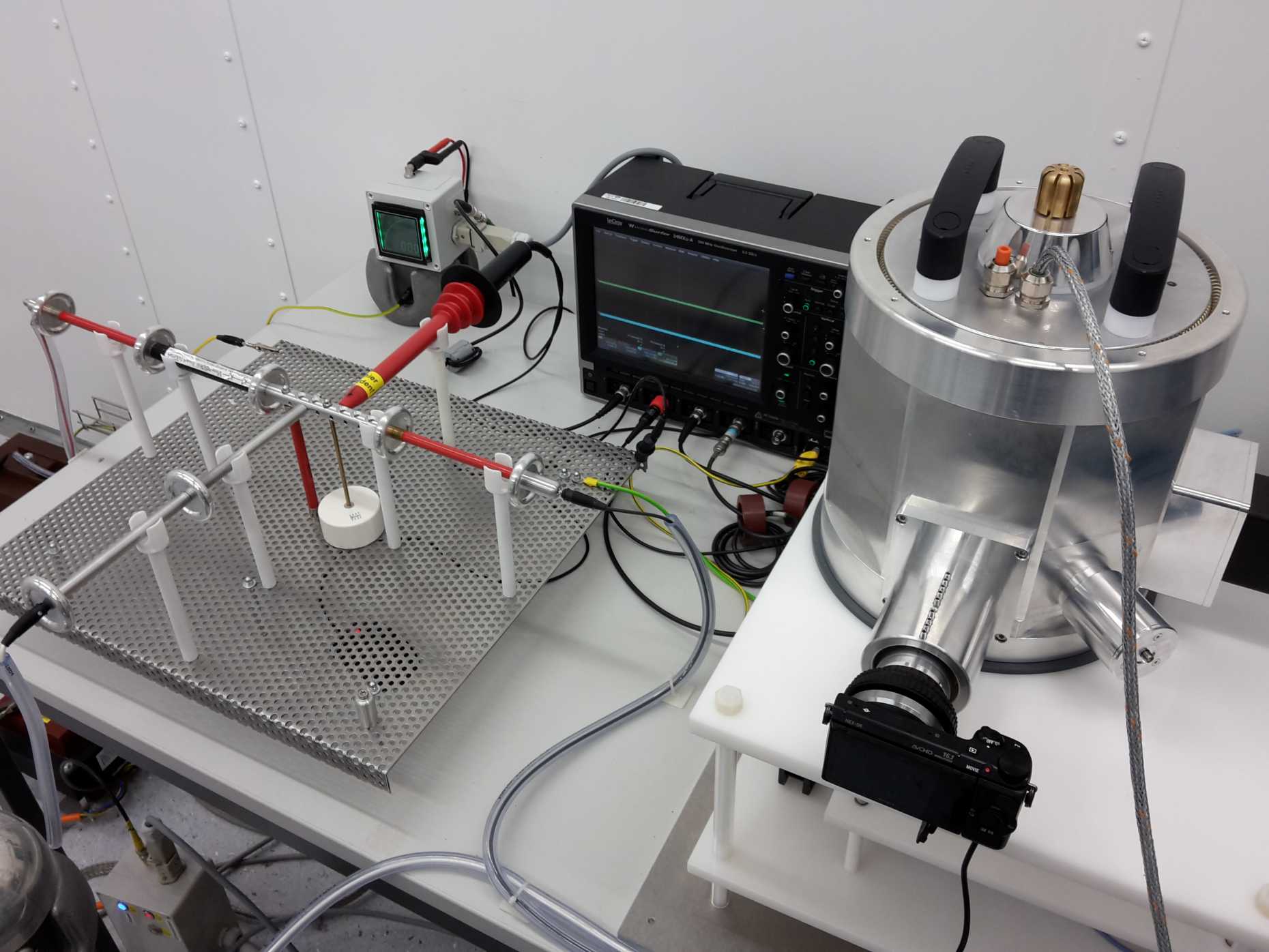Electrical Insulation Challenges in Future Smart Grids: Power Electronics Meets High-Voltage Technology
Traditionally, most high-voltage insulation systems in electrical power transmission applications are stressed with DC or 50 Hz AC voltage. This article provides a short summary on the challenges associated with high-voltage insulation system design for applications with non-conventional waveforms occurring in medium-voltage converters or inverter-fed loads.
The need to interface a large number of electrical sources and loads having different voltage and/or frequency levels (including DC) is ubiquitous. This function is typically provided by a power electronic converter, which uses semiconductor switches to achieve full control of terminal voltages and currents. In recent years, much research has focused on extending these “electronic transformers” to operate at higher voltages (e.g. 10 kV) and corresponding high power ratings (>10kW). They would allow interfacing medium-voltage AC or DC distribution grids with, e.g., renewable energy sources, battery storage, fast electric vehicle chargers, etc.
Galvanic isolation in electronic transformers is achieved through a “conventional” magnetic transformer, which is however operated at frequencies up to a thousand times higher than low-frequency (50 Hz) transformers. This decreases the required magnetic core volume and therefore substantially increases the conversion power density (up to 30 kW/dm3) and/or efficiency (up to 99.7%).
The voltage stress on the medium-frequency transformer insulation (and other inverter-fed medium-voltage loads in general) thus consists of a succession of voltage pulses (up to 100 thousand per second) of several kilovolts in amplitude. The transitions between voltage levels (two in the simplest case) occurs with speeds up to several tens of kilovolts per microsecond. Moreover, the high conversion power density and the unavoidable conversion losses lead to high insulation temperatures (>100°C) even in high-efficiency transformer designs
The research carried out within this project aims at quantifying the degradation of polymeric insulating materials (main constituent in dry-type transformer insulation) under these operating conditions. To do so, a “converter stress simulator” has been designed (see image). Experiments are currently carried out to quantify the influence various parameters such as pulse amplitude, DC offset, fundamental frequency, pulse rise time, duty cycle, electrode material and foil impregnation (air/oil) on sample lifetime. This data set is used as an empirical basis for inferring the main degradation mechanisms leading to failure, as well as to identify the most critical influencing parameters. In addition, diagnostic tools have been developed to help identify the main degradation mechanisms. These include a high-precision dielectric spectrometer for sub-Picofarad samples as well as optical partial discharge monitoring.
The people involved in this project are Raphael Färber of the High Voltage Laboratory (under the supervision of ESC Member Prof. Christian M. Franck) and Thomas Guillod of the Power Electronic Systems Laboratory (under the supervision of ESC Member Prof. Johann W. Kolar).
The research and teaching focus of the High Voltage Laboratory (HVL) is in the area of technologies for future electric power transmission systems.
The research at the Power Electronic Systems Laboratory (PES) opens up new fields of applications and drives the innovation of power electronics systems. Fundamentally new concepts, e.g. for sustainable energy systems, sustainable mobility, future datacenters, and medical applications, are of primary interest.
Further details about the research project are available online.

